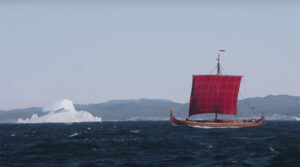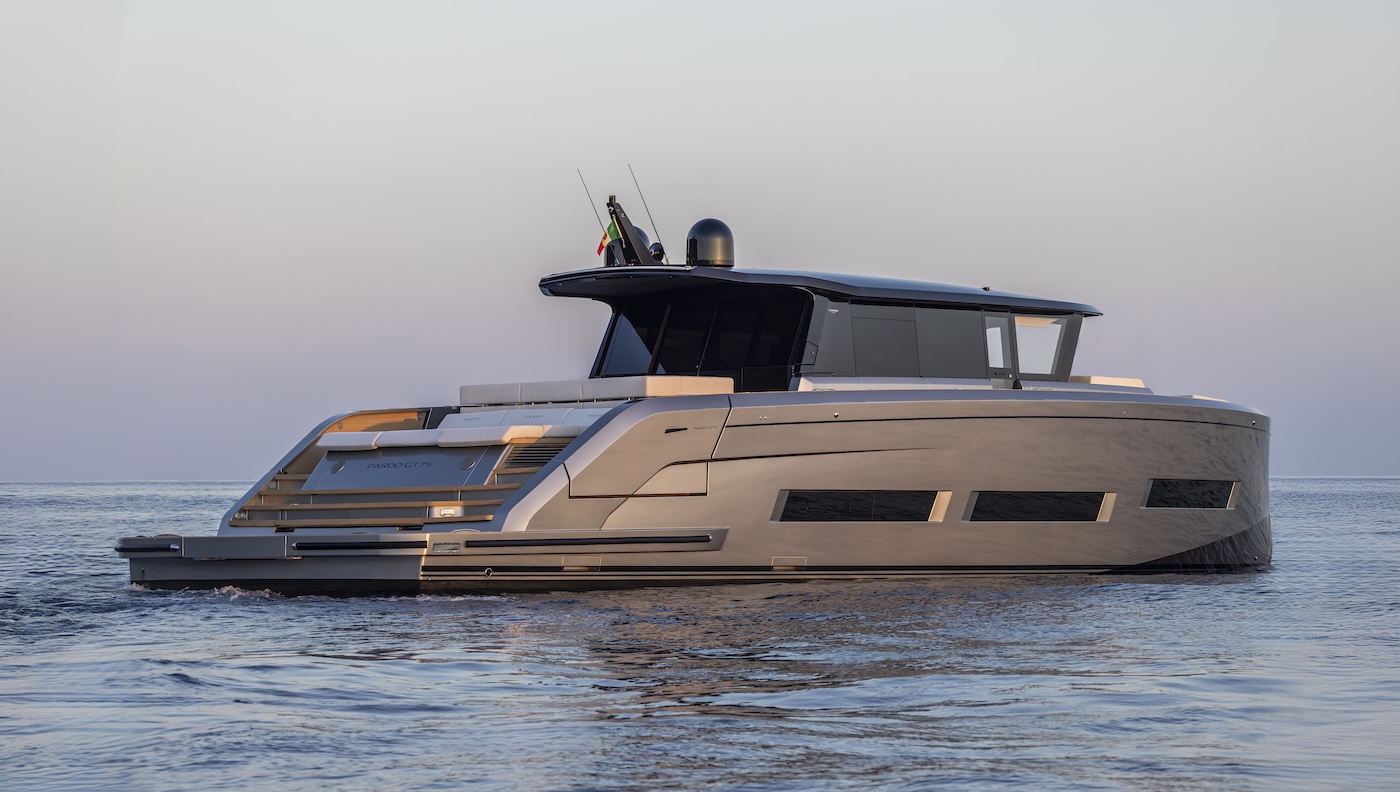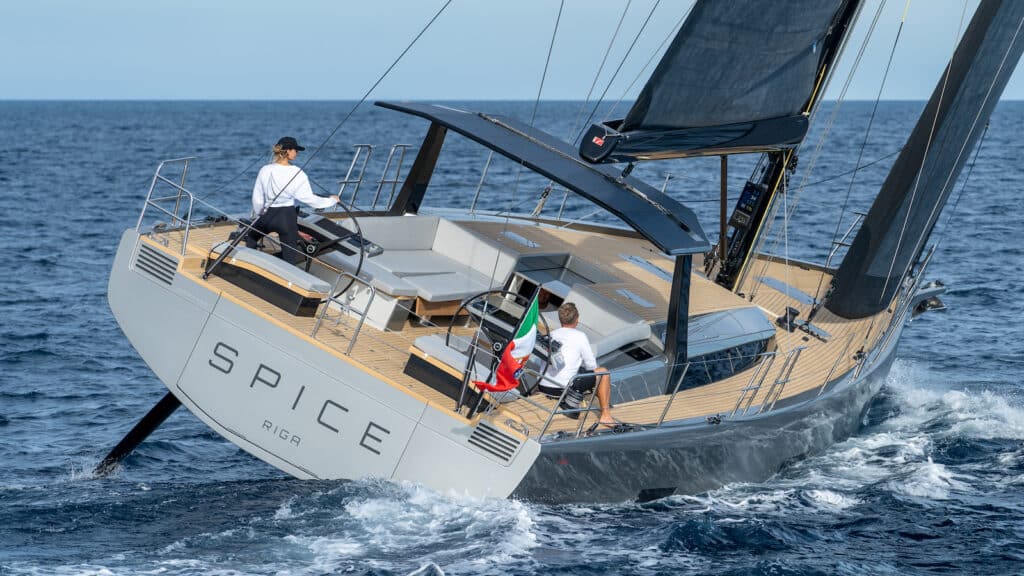Dragon Harald Fairhair, il capolavoro di un imprenditore norvegese amante della storia

Nel 2008 l’imprenditore norvegese Sigurd Aase, appassionato di storia e di navigazione, avviò l’ambiziosissimo progetto Dragon Harald Fairhair (in lingua scandinava “Draken Harald Hårfagre”, cioè “il drago di Harald Hårfagre”, che fu uno dei più importanti re norvegesi), con l’intento di realizzare la più grande nave vichinga di tutti i tempi, ancora più grande di quelle pervenute dagli studi archeologici.
Progetto che non solo va a buon fine ma che, in occasione dell’epica traversata dll’Atlantico del nord, viene celebrato con questo spettacolare docufilm che, in modo esplicito, da un lato consente di comprendere benissimo le difficoltà della navigazione a vela del passato, e dall’altro rende merito all’enorme sforzo costruttivo realizzato dal suo armatore.
Dragon Harald Fairhair: l’epica traversata nell’Atlantico del Nord
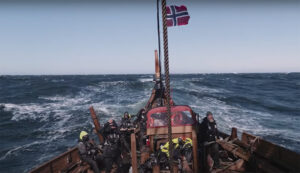
Dragon Harald Fairhair è una riproduzione di quella che i Vichinghi chiamerebbero una “grande nave”, realizzata sulla base delle informazioni storiche delle barche rinvenute e sulle antiche tecniche di ingegneria navale descritte nelle saghe norrene. La costruzione iniziò ufficialmente nel marzo 2010.
Il Dragon Harald Fairhair, fatto interamente in legno di quercia, è lunga 35 metri (115 piedi), con un baglio di 8 metri (26 piedi) e uno dislocamento di 95 tonnellate. L’albero, alto 24 metri (79 piedi), sostiene fino a 260 m² di vela (2.800 piedi quadrati). E’ dotato di 50 remi, che costituiscono l’unico sistema propulsivo dell’imbarcazione, e trasporta un equipaggio massimo di 30 persone.
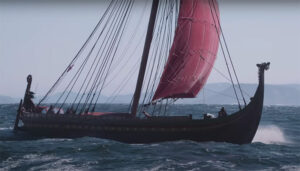
Nel 2014 lo skipper svedese Björn Ahlander intraprese la prima vera spedizione: una traversata di tre settimane dalla Norvegia a Merseyside, in Inghilterra.
Il 26 aprile 2016 la nave lasciò il suo porto d’origine di Haugesund facendo rotta sull’isola canadese di Terranova, con l’obiettivo di ripercorrere il primo viaggio transatlantico dei Vichinghi quando andarono alla scoperta del Nuovo Mondo. La crociera prevedeva varie tappe nel nord dell’oceano: Isole Shetland e Faroe, Islanda e Groenlandia, prima dello sbarco in Canada che avvenne il 1 ° giugno di quell’anno (nel video YouTube in alto, l’eroica traversata nel Mare del Labrador).
L’equipaggio ricevette il Leif Erikson Award, consegnato da The Exploration Museum durante l’Explorers Festival 2016 a Húsavík, in Islanda. Il premio più degno per la nave vichinga più grande della storia.

